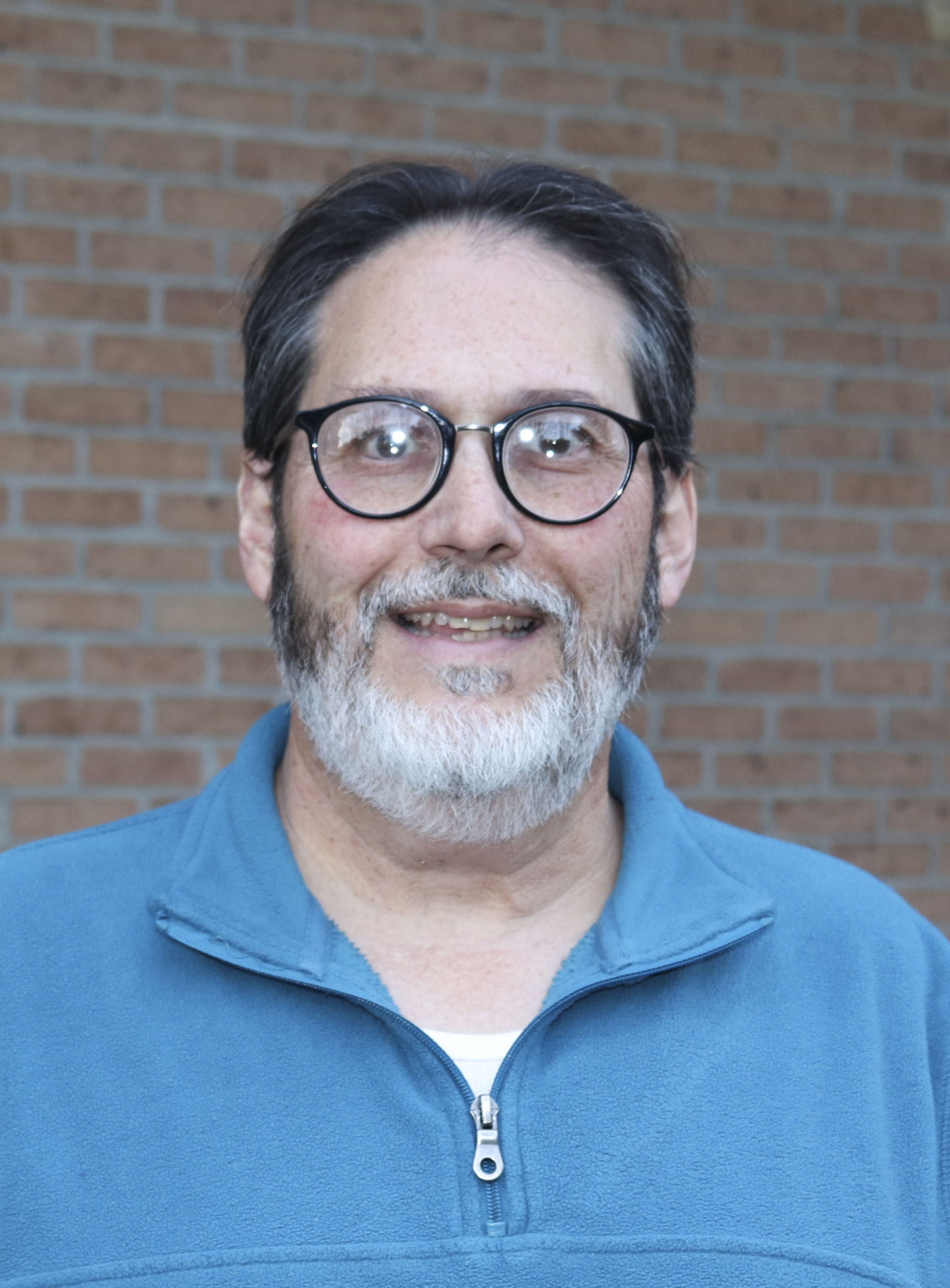David Donze
Professor
Associate Chair for Undergraduate Studies
BMB Division
PhD: The University of Alabama at Birmingham, 1996
Associate Chair Office Phone: 225-578-5224
Associate Chair Office: 101 Life Sciences Building
Phone: 225-578-7391
Office: A608 Life Sciences Annex
Lab: A659/A661 Life Sciences Annex & 678 Life Sciences Building
E-mail: ddonze@lsu.edu
Area of Interest
Research in my laboratory is aimed at deciphering basic mechanisms of gene expression as governed by DNA binding proteins and chromatin structure. We use the yeast Saccharomyces cerevisiae as a model system, as it is a simple eukaryote that can be easily manipulated both genetically and biochemically in the laboratory. Many basic molecular and biochemical mechanisms elucidated in yeast have been extrapolated to other eukaryotes.
Current research in my laboratory focuses on what we refer to as “extra-transcriptional functions” of the RNA Polymerase III system in eukaryotes. RNA polymerase III (Pol III) is one of three eukaryotic transcription complexes and was identified as the enzyme responsible for synthesis of transfer RNA and a limited number of other small RNAs. Pol III transcription at tRNA genes (tDNAs) requires the binding of two transcription factor complexes, TFIIIC and TFIIIB, which then recruit the Pol III enzymatic transcription machinery to form large and stable macromolecular complexes on chromosomes.
The extra-transcriptional functions of tDNAs uncovered in our lab include their ability to act as heterochromatin boundaries, chromatin insulators, and regulators of intergenic transcription of non-coding RNAs. Therefore, evidence is accumulating that points to a larger role for the Pol III transcription machinery in various other nuclear processes, including effects on nucleosome positioning, global genome organization, and other effects on RNA polymerase II transcription.
Additionally, we have previously shown the paradoxical result that chromatin boundary function of the tDNA near the HMR mating locus is compromised in yeast that lack function of the RPD3 histone deacetylase, as downstream reporter genes are silenced in RPD3 mutants. Our most recent work identified that silencing of the downstream reporters can be suppressed by second site mutations in genes that affect the histone H3 lysine 4 methylation pathway, yet another paradoxical result. We are continuing to pursue the mechanistic basis of these intriguing and curious phenomena.
Selected Publications
A Rapid Method for Detecting Normal or Modified Plant and Algal Carbonic Anhydrase
Activity Using Saccharomyces cerevisiae. Ashwani K. Rai, Robert J. DiMario#, Remmy W. Kasili, Michael Groszmann, Asaph B.
Cousins, David Donze and James V. Moroney
Plants (Basel). 2022 Jul 20;11(14):1882. doi: 10.3390/plants11141882.
TFIIIC-based chromatin insulators through eukaryotic evolution. Rebecca Sizer, Nisreen Chahid, Sienna P. Butterfield, David Donze, Nia J. Bryant,
Robert J. White
Gene, Volume 835, 15 August 2022, https://doi.org/10.1016/j.gene.2022.146533
Genetic screen for suppressors of increased silencing in rpd3 mutants in Saccharomyces
cerevisiae identifies a potential role for H3K4 methylation. Richard A. Kleinschmidt#, Laurie M. Lyon@, Samantha L. Smith@, Jonah Rittenberry@,
K. Maeve Lawless@, Anabelle A. Acosta@ and David Donze*
G3 Genes|Genomes|Genetics, Vol. 11, Issue 11, November 2021 https://doi.org/10.1093/g3journal/jkab309 Published online 17 September 2021
Transcription factor Reb1 is required for proper transcriptional start site selection
at the divergently transcribed TFC6-ESC2 locus in Saccharomyces cerevisiae. Qing Wang and David Donze
Gene, Vol. 594, 108-116 (2016)
Compromised RNA Polymerase III complex assembly leads to local alterations of intergenic
RNA Polymerase II transcription in Saccharomyces cerevisiae. Qing Wang, Chance M. Nowak, Asawari Korde, Dong-Ha Oh, Maheshi Dassanayake, and David
Donze
BMC Biology, 12:89 doi:10.1186/s12915-014-0089-x (2014)
Intergenic Transcriptional Interference Is Blocked by RNA Polymerase III Transcription
Factor TFIIIB in Saccharomyces cerevisiae. Asawari Korde, Jessica M. Rosselot, and David Donze
Genetics, Vol. 196, 427-438 (2014)
Autoregulation of an RNA polymerase II promoter by the RNA polymerase III transcription
factor III C (TFIIIC) complex. Richard A. Kleinschmidt, Kimberly E. LeBlanc, and David Donze
Proc. Nat. Acad. Sci., USA, Vol. 108, 8385-8389 (2011)
TFIIIC binding sites function as both heterochromatin barriers and chromatin insulators
in S. cerevisiae.
Tiffany A. Simms, Sandra L. Dugas, Jason C. Gremillion, Megan E. Ibos, M. Nicole Dandurand,
Tasha T. Toliver, Daniel J. Edwards, and David Donze
Eukaryotic Cell, Vol. 7, 2078-2086 (2008)